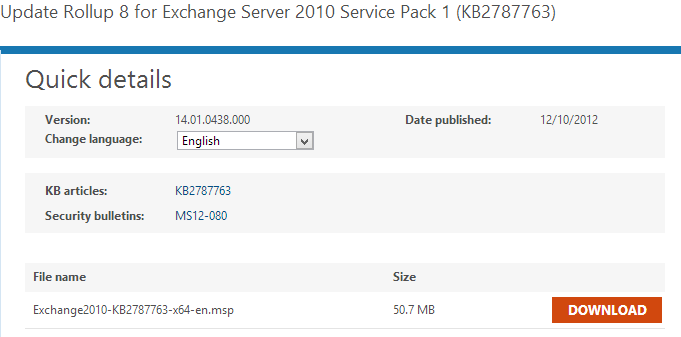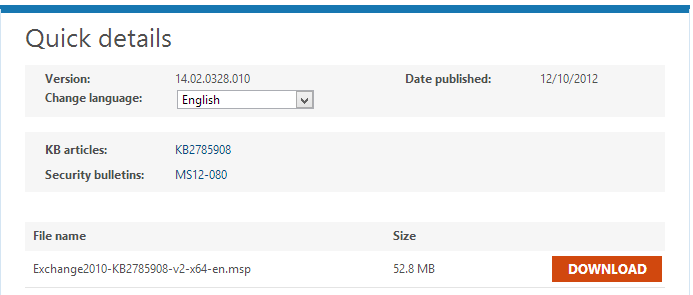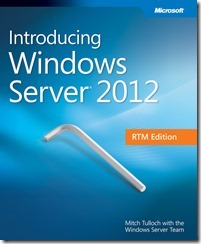Service Pack 1 for Exchange 2010 changed mailboxes import export to .pst file.
After you install Service Pack 1 for Exchange Server 2010 you need to use new CMDlet’s to import or export mailboxes:
- New-MailboxExportRequest - to export mailbox
- New-MailboxImportRequest - to import mailbox
To be able to export or import mailbox you need to meet following requirements:
- have Export Import RBAC rights
- have network share where you will export mailbox to .pst file
Assigning needed rights to export import mailbox from Exchange 2010:
When you write New-MailboxExportRequest in EMS (Exchange Management Console) and you will receive error that this command is not recognized, it means you don’t have adequate permissions.
You have to add Mailbox Import Export role for specified user or security group.
This security group should be universal.
Below command will add necessary permissions for security group MBX_imp_exp:
New-ManagementRoleAssignment -Name "Import Export Mailbox Admins" -SecurityGroup "MBX_imp_exp" -Role "Mailbox Import Export"
Continue reading →





 English
English  polski
polski